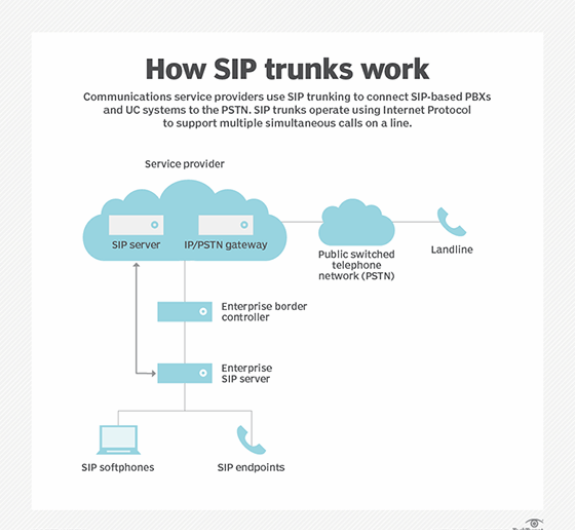All businesses have different priorities. Some may be voice-critical, with the smallest period of downtime leading to disastrous results. Others may be heavily influenced by seasonal demands, so telephony systems must be easily scalable. Or, they may simply need to keep costs down. Whatever the situation, SIP has something to offer.
- No Physical Lines
Because SIP trunking uses virtual lines rather than physical wires, businesses have greater control over their telephony infrastructure. This means having the power to consolidate voice and data over a single network, increase resilience, and put in place flexible inbound call routing (i.e. to mobiles or alternate office sites) so that calls are never missed.
- Highly Scalable
SIP trunking’s virtual nature means it is easy to scale the network to match demand. If a business requires more phone lines, it’s simply a matter of asking the provider to activate more channels. And if or when demand decreases, trunks can easily be removed with a simple software configuration.
- Cost Effective
For businesses that rely on ten or more channels of ISDN, switching to SIP can deliver immediate cost savings. SIP channel rentals and calls are typically up to 40% cheaper than traditional ISDNs, and businesses have the extra benefit of consolidating their voice and data services into one single line for further savings.
- High Quality Audio
Over the past few years, bandwidth capabilities have exploded, giving way to high quality speech audio. Depending on the audio codec used, SIP can deliver speech quality that is on par, or better than, ISDN. G.711 codec delivers high-definition digital audio and is recommended whenever bandwidth allows for it. G.729 delivers compressed mobile quality audio and is used when there are bandwidth restrictions.
Make the switch to SIP today, for more information call S&S Communications on 02830267108.




